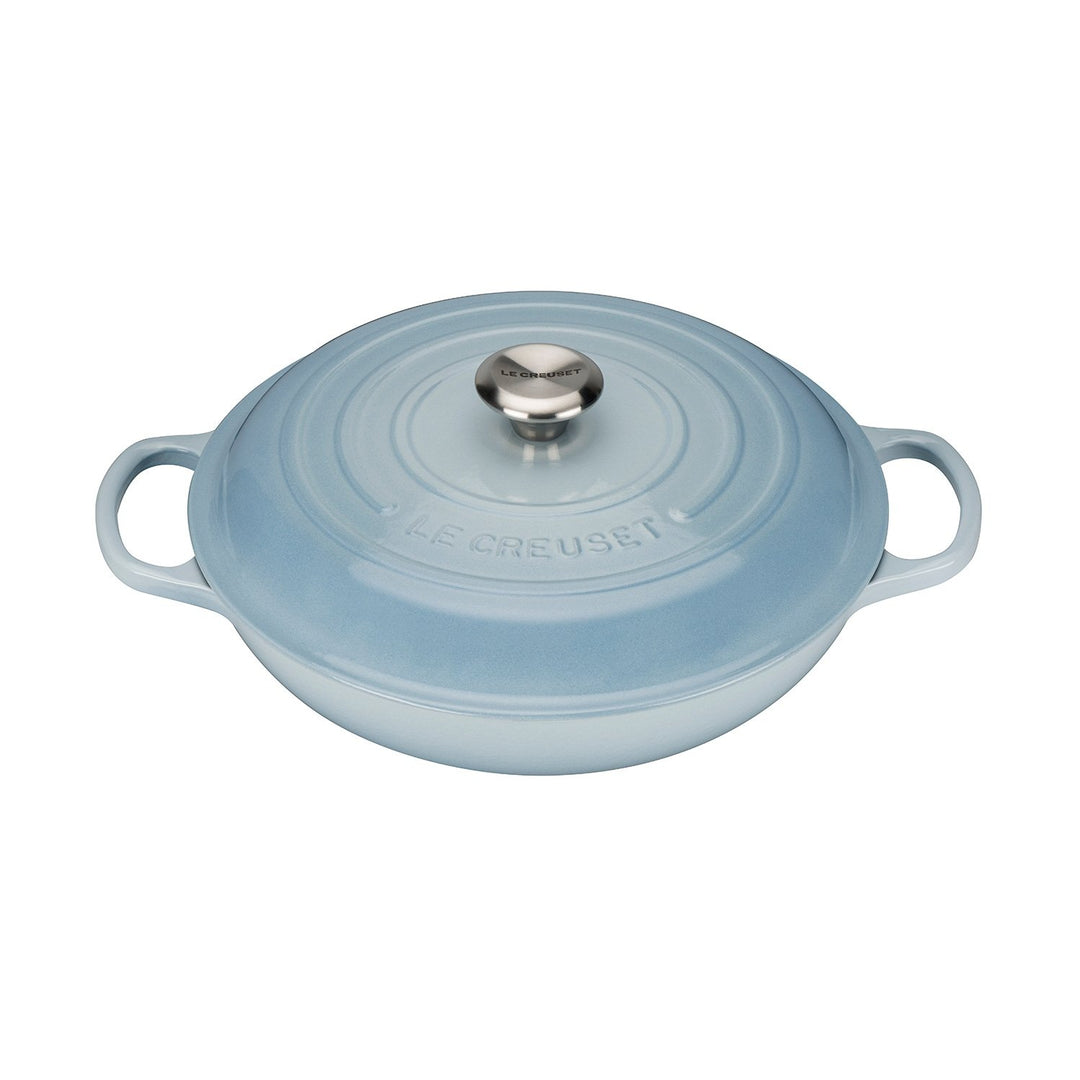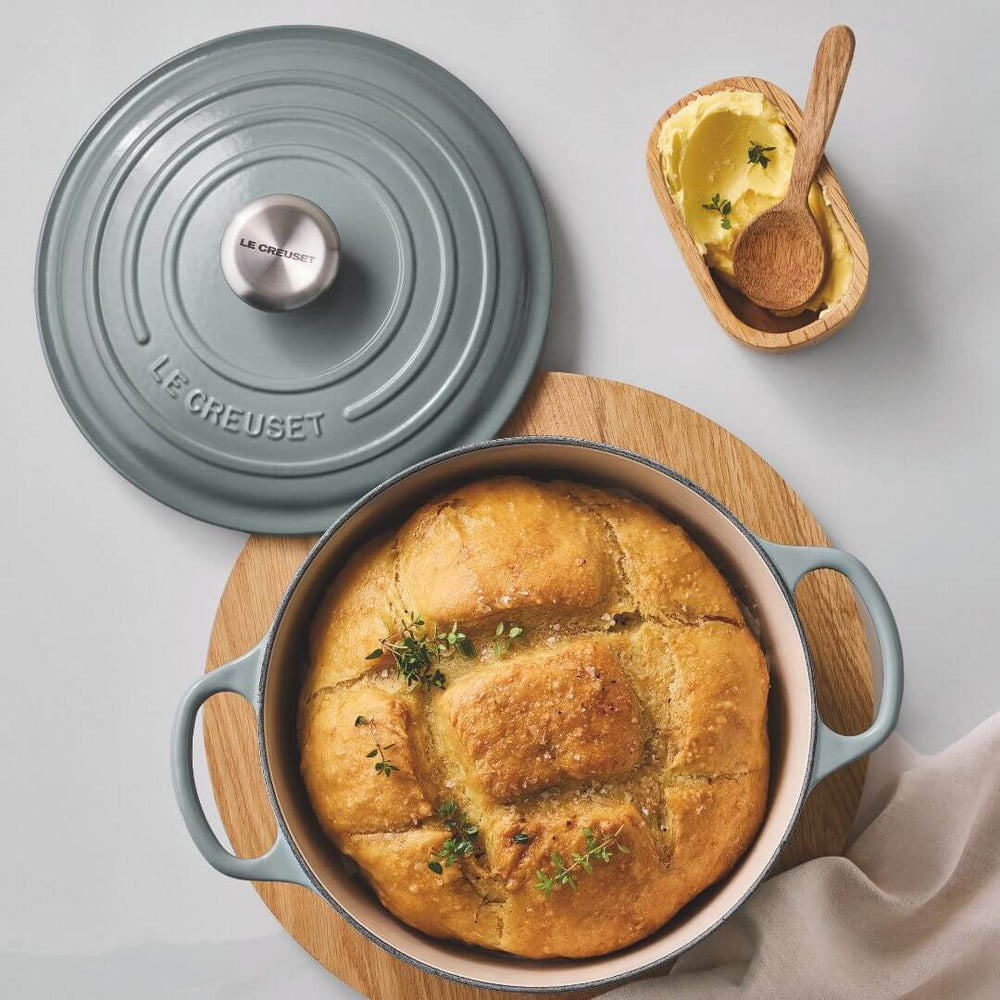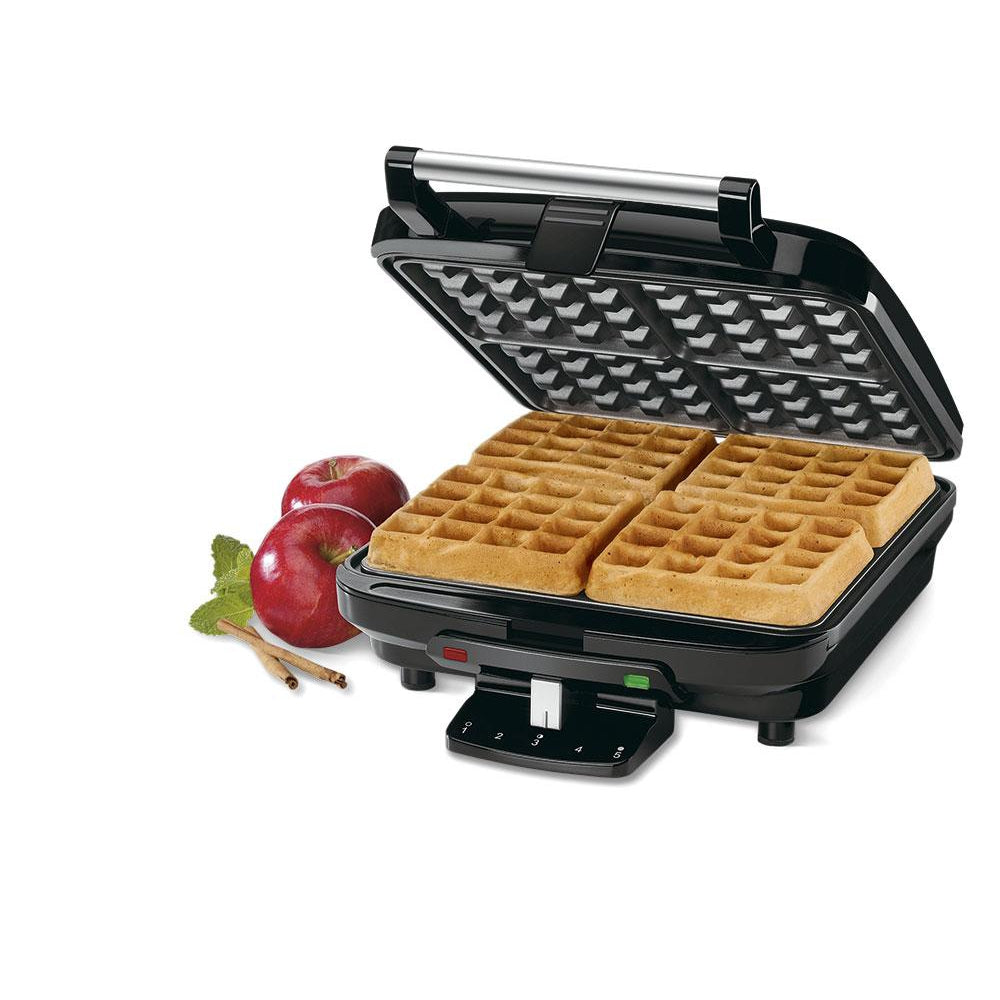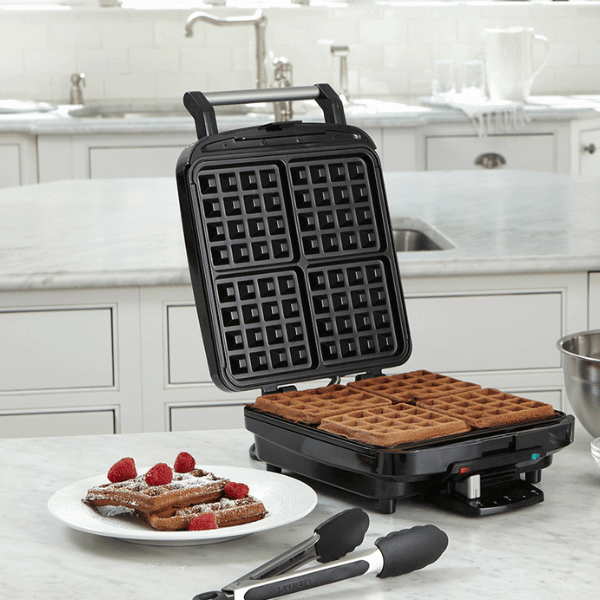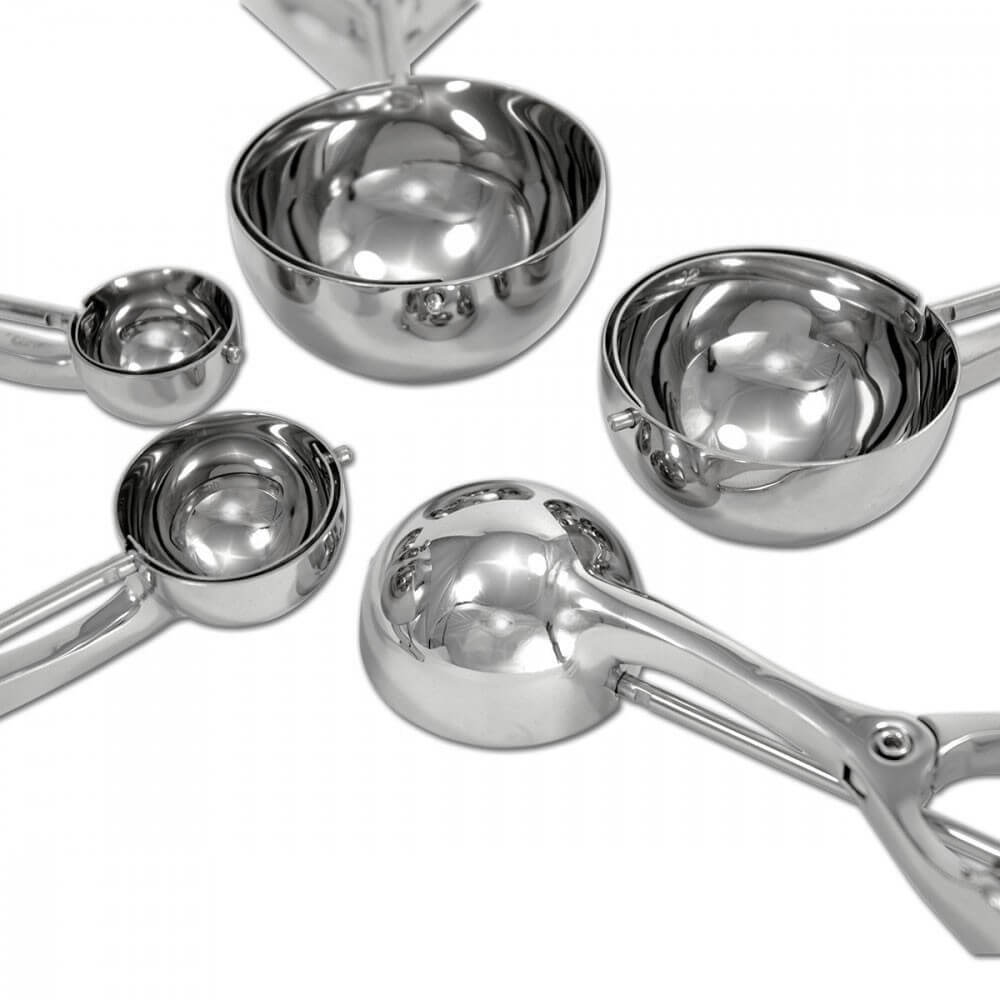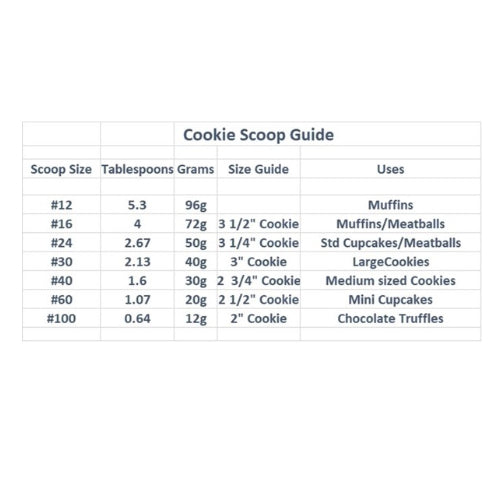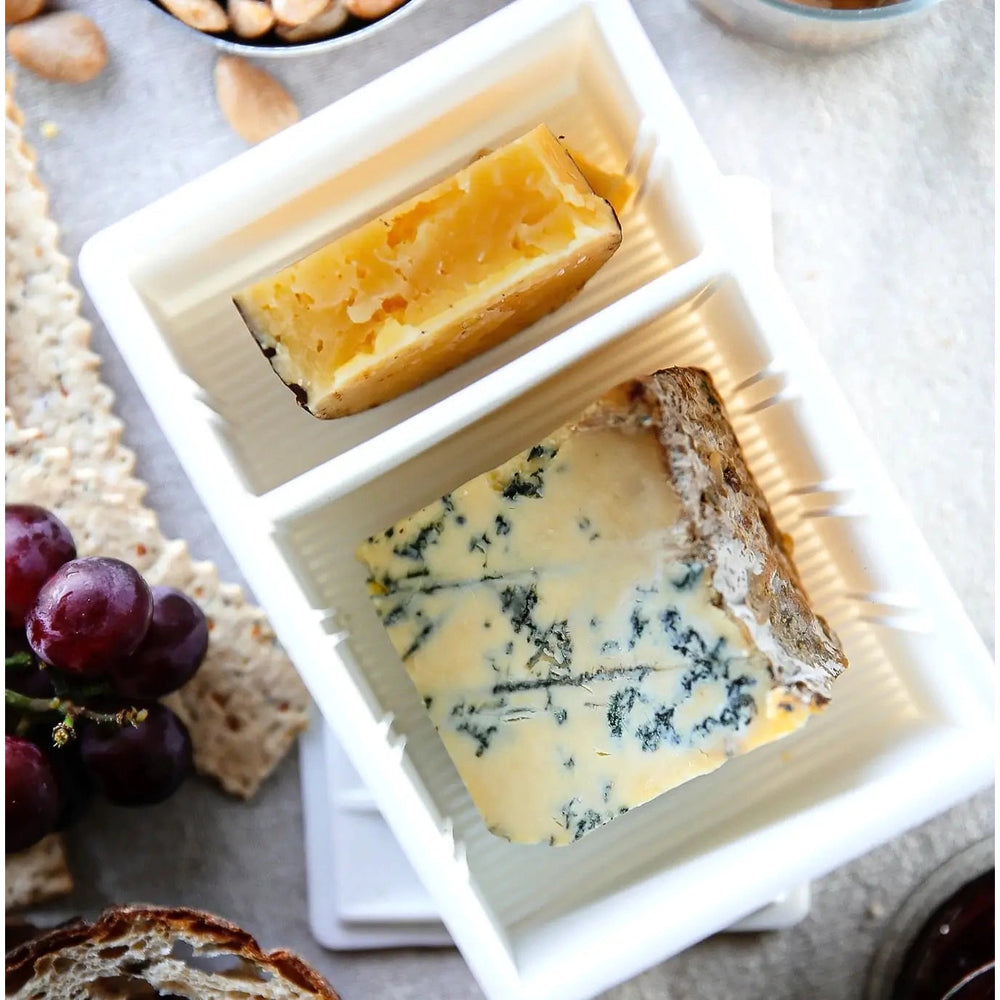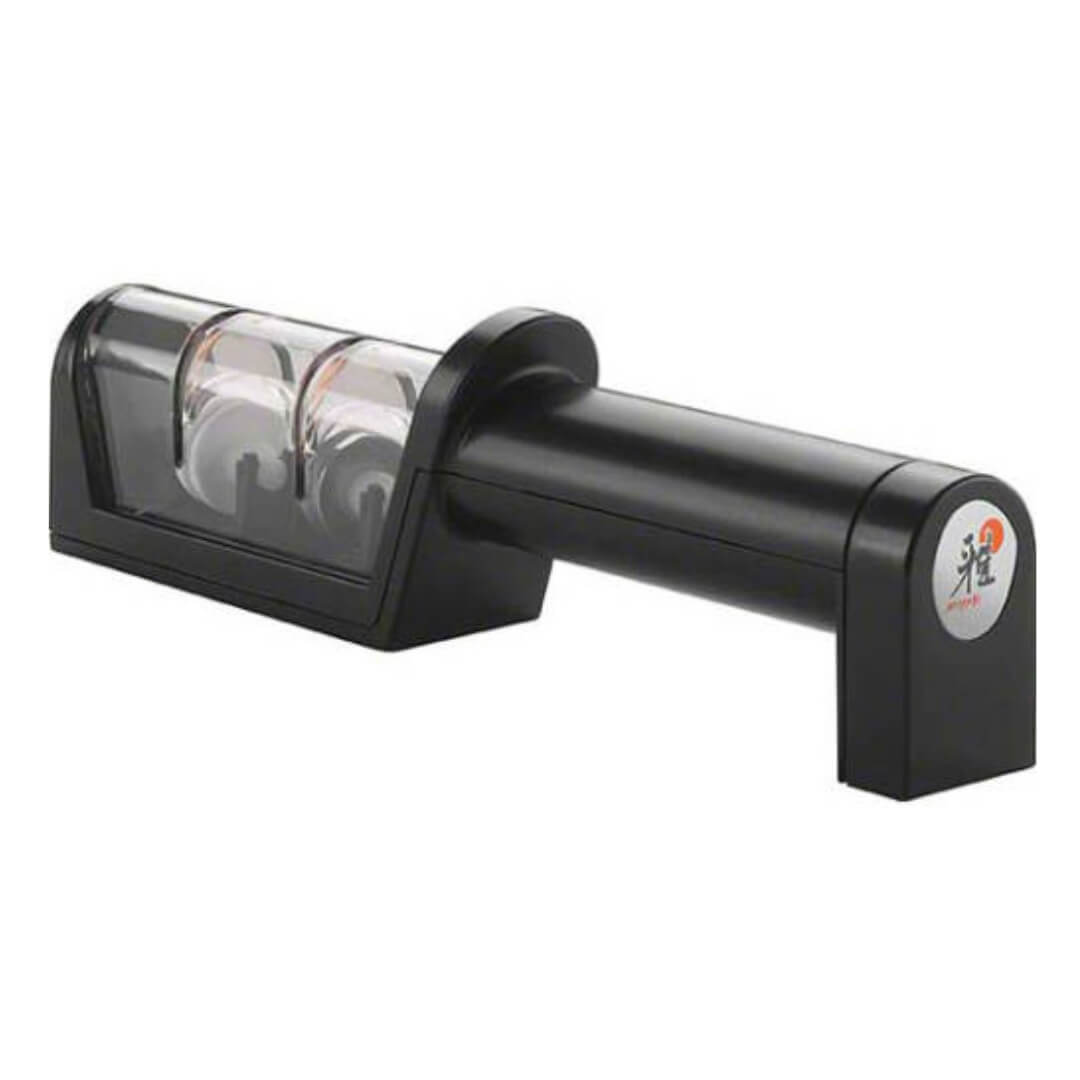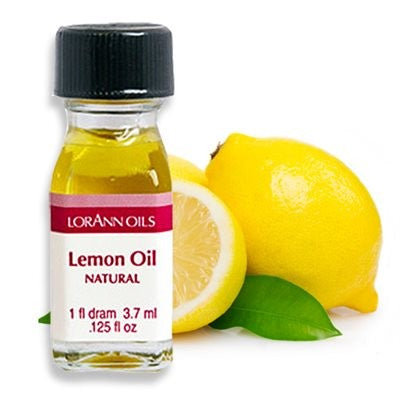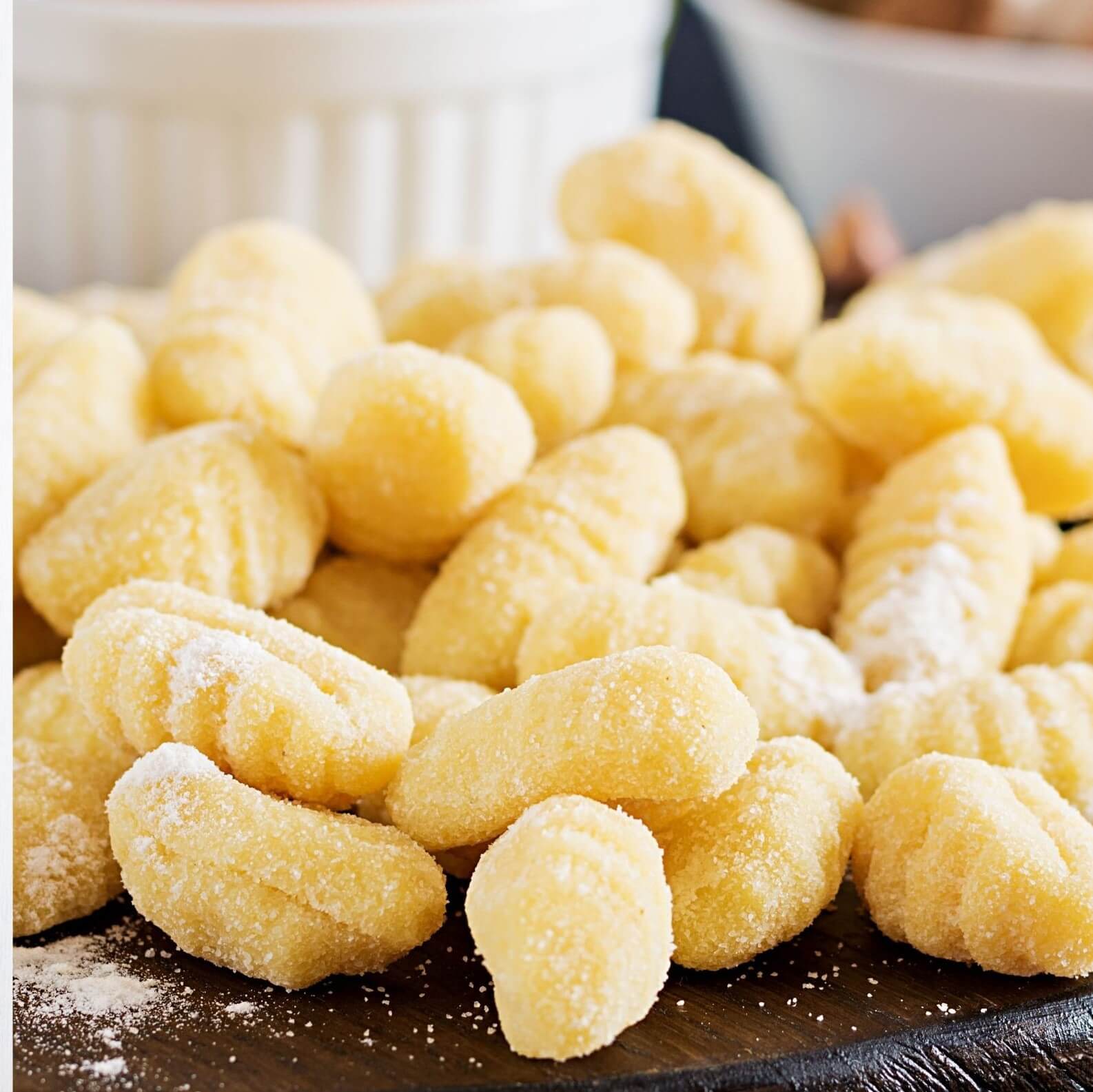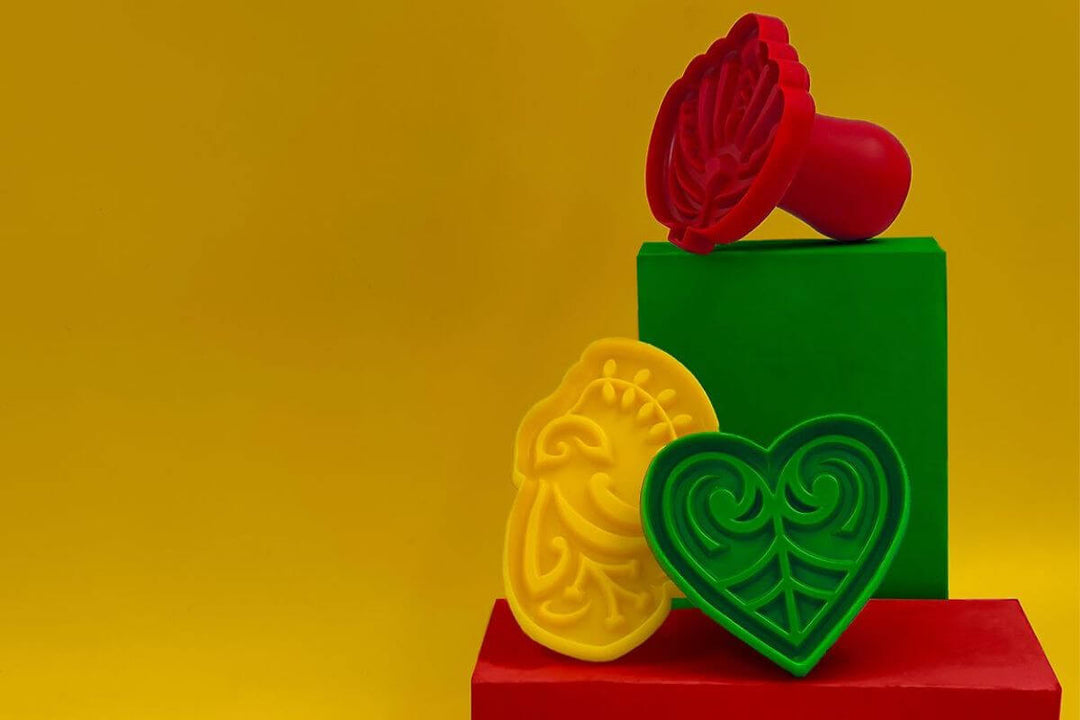Gnocchi: A Beginner's Guide
Making potato gnocchi is one of those rewarding endeavours that gets easier the more times you do it. Here are our top tips;
1. Pick the right potato. Your best choice is a dry and floury variety, meaning there’s less liquid so you require less flour. Agria, Red Rascal or Ilam Hardy are common NZ varieties, these give gnocchi a light texture. Bake or boil your potatoes whole and unpeeled as this helps to keep them from absorbing excess water. Then remove the peel as soon as you can so that steam is released rather than absorbed into the flesh.
2. Use a ricer. Passing boiled potatoes through a ricer, a tool that looks like an oversize garlic press, instead of mashing ensures a fine texture—no one wants lumpy gnocchi— and aerates them as well.
3. Mix the ingredients with your hands, quickly and for a short time. Potato gnocchi dough has to be mixed very little and ideally when the potatoes are still warm because the heat favours the assembly encouraging the egg to bind the dough. A long process would make the dough sticky.
Be stingy with the flour. The exact amount will vary depending on the flour, potatoes, and humidity in your kitchen, but add additional flour sparingly. You want enough to hold the dough together, but not so much to cause the gnocchi to become heavy. Test for texture. Before you shape all of your gnocchi, make and cook just a couple. If the gnocchi fall apart, add more flour to the dough.
4. Handle gently. Overworking develops gluten, which can make your gnocchi tough. Mix and shape with a light touch. They’re best when you use a gnocchi board (floured): slide your little gnocchi over the gnocchi board by pressing lightly with your thumb in the middle.
5. Allow for resting time, or even better freeze them, if you cook potato gnocchi immediately in boiling water they can easily glue together. A resting time of 20mins but no more than 30, this gives them time to completely cool and slightly dry out on the surface but not completely. This helps the gnocchi to retain their shape even after cooking. Freezing a batch is ideal as it’s the best way to store your gnocchi and frozen gnocchi are easier to handle than fresh, holding their shape better during cooking. To freeze your gnocchi, place them on floured trays (well-spaced) in your freezer, wait 2/3hrs then transfer them to freezer bags.
6. Don’t overcook. If your gnocchi cook for too long, they can absorb too much water and become dense and chewy. Gnocchi cooking’s best in a large pot with plenty of salted water. Gnocchi are dipped into boiling water after being slightly shaken with the flour. Do not stir too much during cooking and especially do not do it quickly. Potato gnocchi are ready when they come fully to the surface. So drain them a few at a time, with a skimmer, slotted spoon or perforated ladle then toss gently with sauce to coat (do not drain with a colander as the delicate gnocchi can get squashed if drained!)


